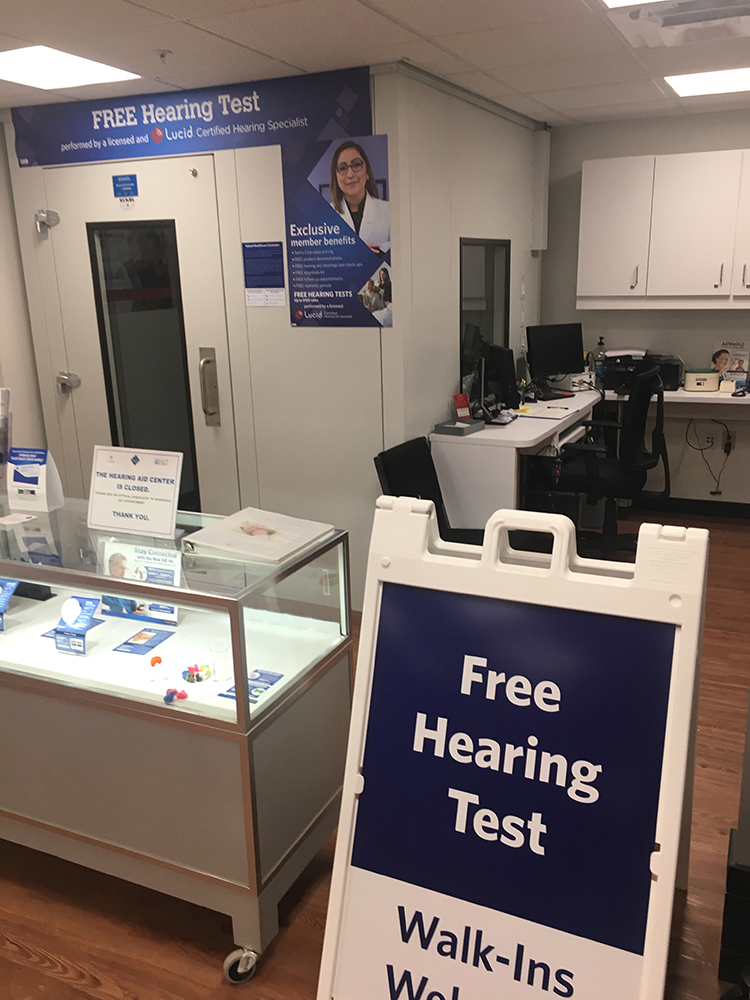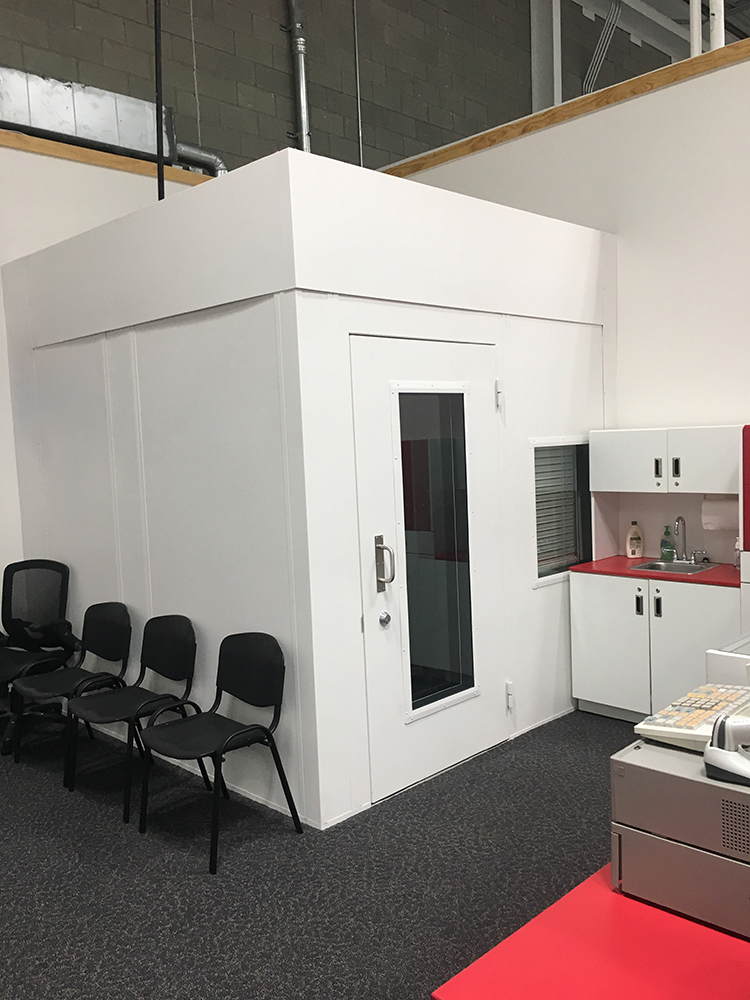OCCUSAFE UPDATE
Monthly Round Up of Important Ideas and Standards in
Industrial Hygiene and Safety
February 2018
IN THIS ISSUE: Audiometric Testing
Hearing loss is one of the most common occupational injuries and every year thousands of workers acquire hearing loss due to high workplace noise levels. The Occupational Safety & Health Administration has determined that exposure to 85 decibels for an 8-hour day can cause hearing damage. OSHA regulates noise exposure for general industry under 1910.95 and requires employers to establish a hearing conservation program for employees who exceed the Action Level for 30 or more days of a 50 percent dose or 85 dB or above, measured as an 8-hour Time Weighted Average. As part of the hearing conservation program, employers must provide audiometric testing for their employees who are exposed at the Action Level. Elements of the hearing testing include baseline audiograms, annual audiograms, training, and follow-up evaluation. The purpose of the testing is to determine if the hearing conservation program is preventing hearing loss. A licensed or certified audiologist, otolaryngologist, or other physician must be responsible for the program although professionals and trained technicians may conduct the testing. The professional oversees the testing program and the work of the technicians, and reviews abnormal audiograms. In addition, a referral may be needed if related medical problems are suspected.The baseline audiogram is used as a reference audiogram against future audiograms and must be provided within 6 months of an employee’s first exposure at or above an 8-hour TWA of 85 dBA or one year if a mobile testing truck is used. An annual audiogram must be provided within one year of the baseline. Employers compare annual audiograms to baseline audiograms to determine whether the audiogram is valid and whether the employee has lost hearing acuity or experienced a standard threshold shift (STS). An STS is an average shift in either ear of 10 dB or more at 2,000, 3,000, and 4,000 Hertz. If an STS is found, the audiogram can be repeated within 30 days. If the STS stands, it must be entered on the accident log as an injury and the employee will be required to wear hearing protection. The new audiogram serves as a new baseline.Audiometric testing is only part of a comprehensive hearing conservation program. The implementation of feasible engineering and administrative controls, training, and hearing protection must also be present to avoid hearing loss to employees.
For more information on this topic and to discuss your company’s safety and industrial hygiene needs call OccuSafe at (214) 662-6005 or visit us at www.occusafeinc.com.
OccuSafe Industrial Hygiene & Safety, Inc. provides skills and expertise to recognize, evaluate and control hazards and injuries in the areas of industrial hygiene, occupational safety and health. OccuSafe services companies of all sizes in a range of industries.
This newsletter is published monthly by OccuSafe Industrial Hygiene & Safety Services, Inc. Feel free to forward it to friends and colleagues or see past newsletters at occusafeinc.com/category/newsletter/


Comments are closed.